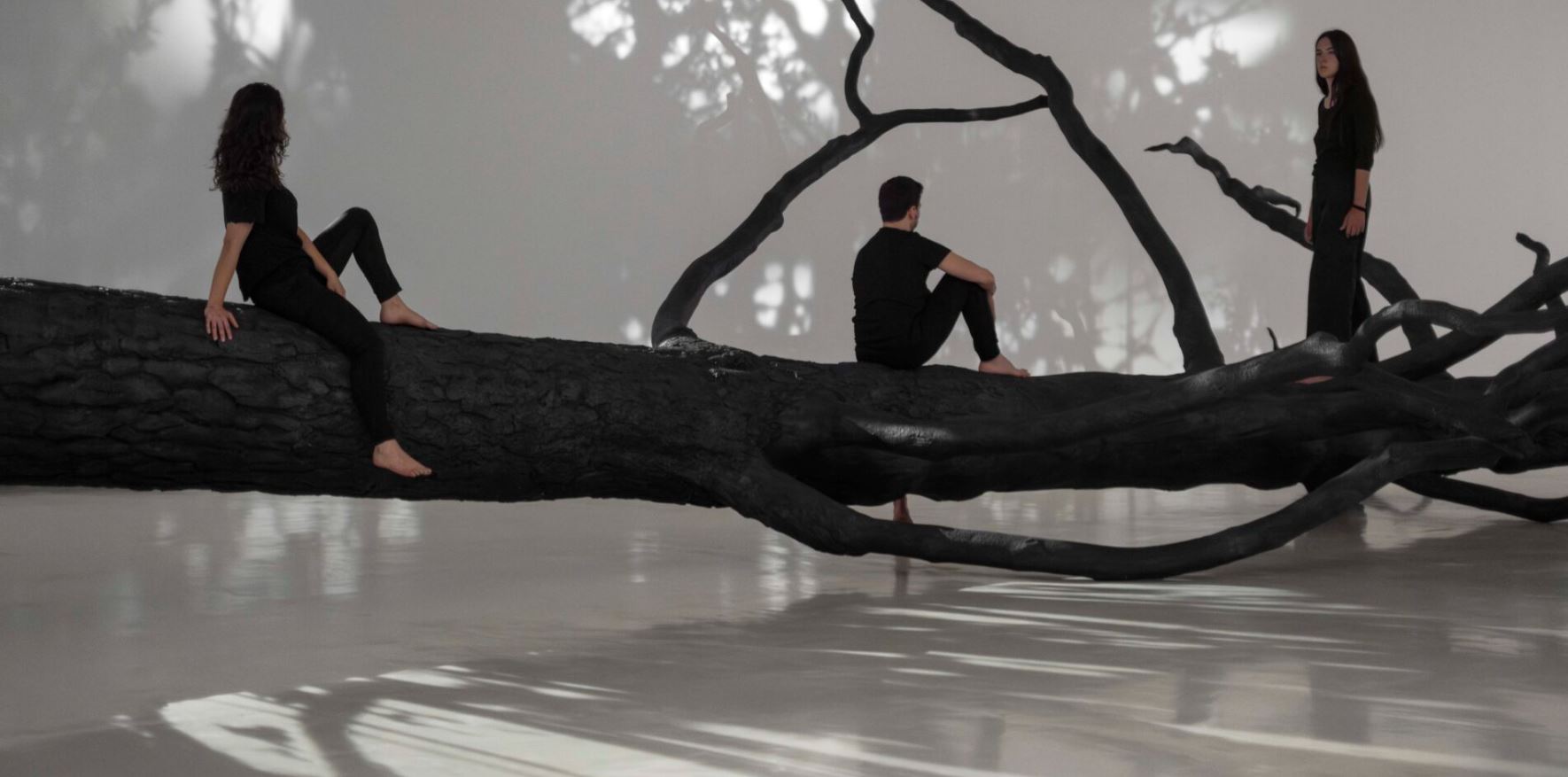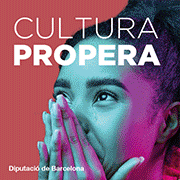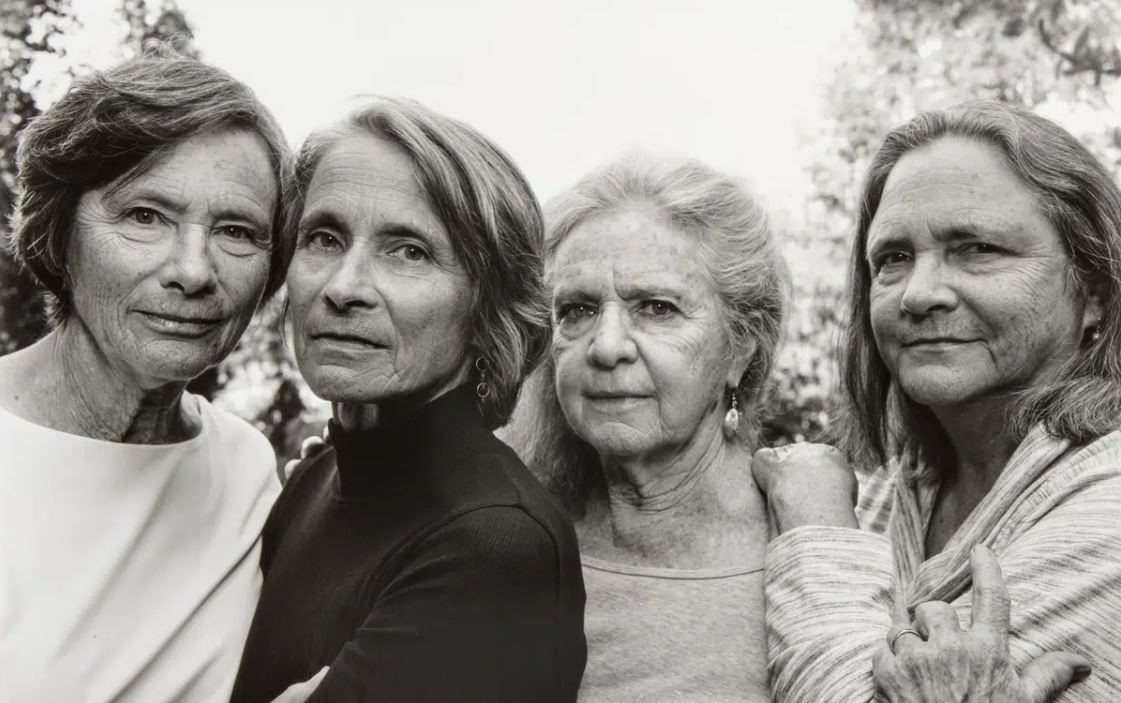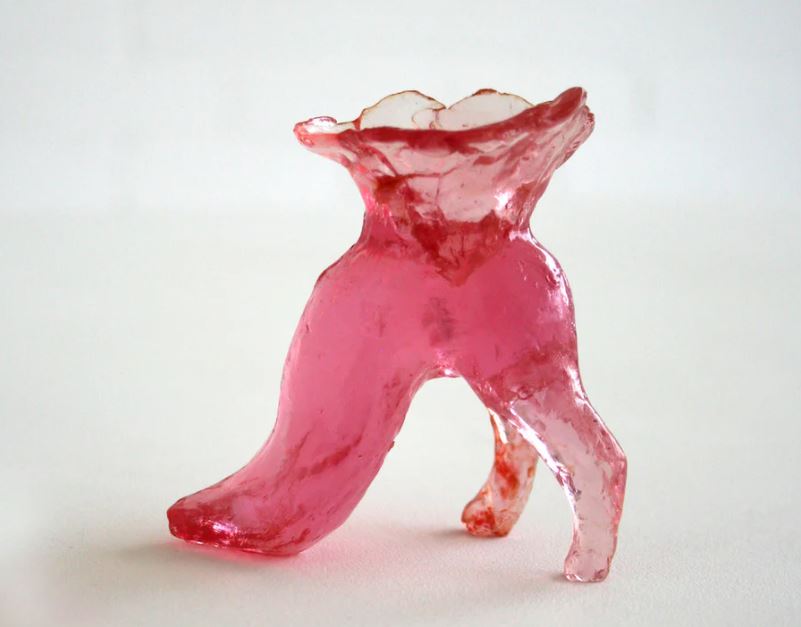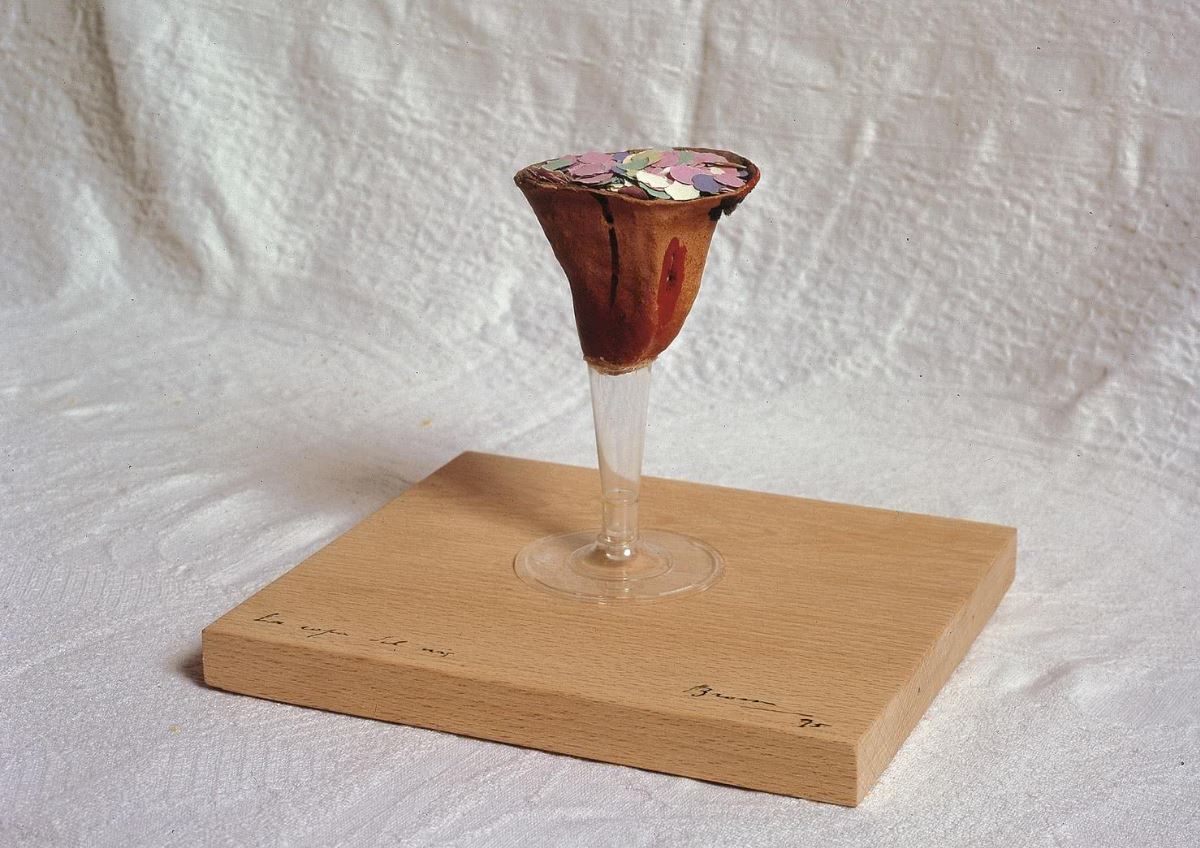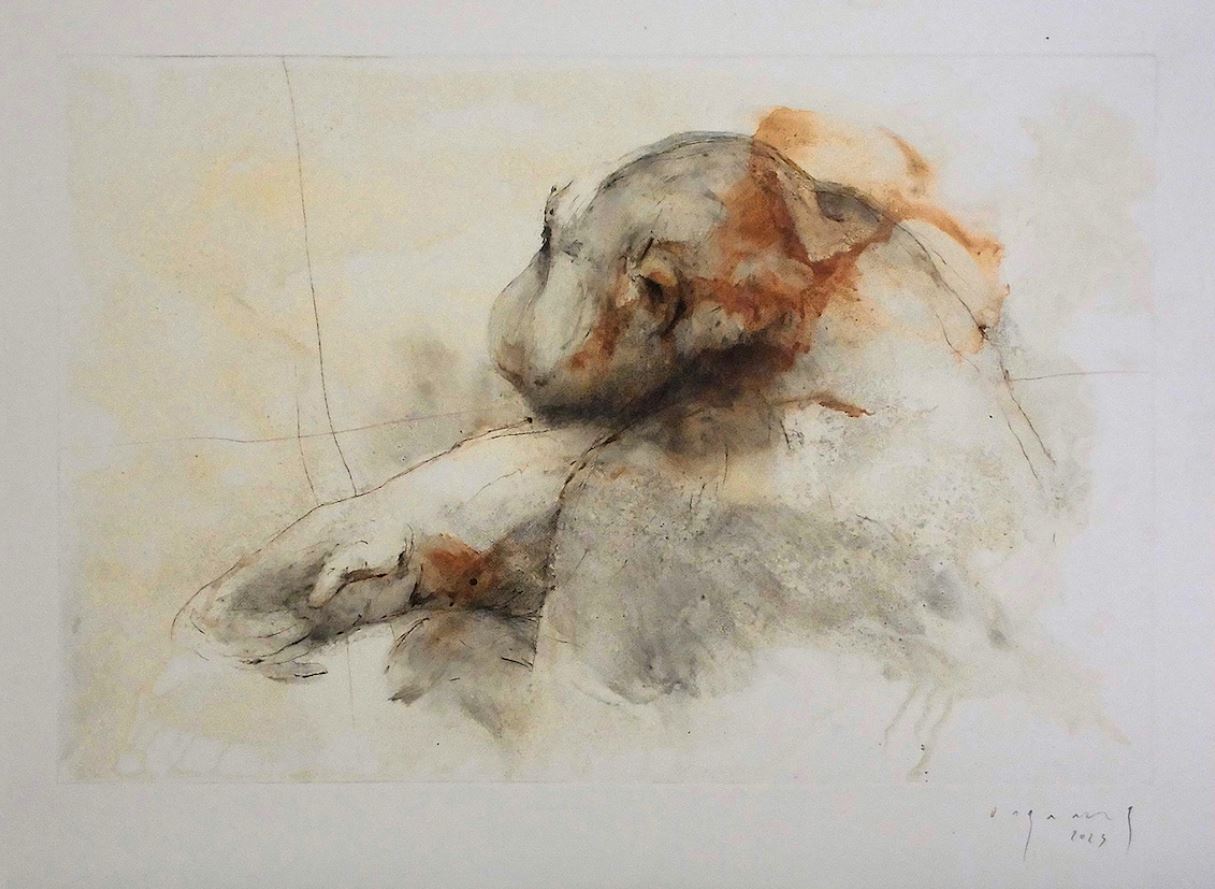interviews
Fernando Pérez Gómez: "It is key to dehomogenize established formats and to be aware that we have preconceived mental structures"
Since 2018, he has directed the Azkuna Zentroa, a transdisciplinary center that he knew in depth thanks to his long experience in cultural management in Bilbao.
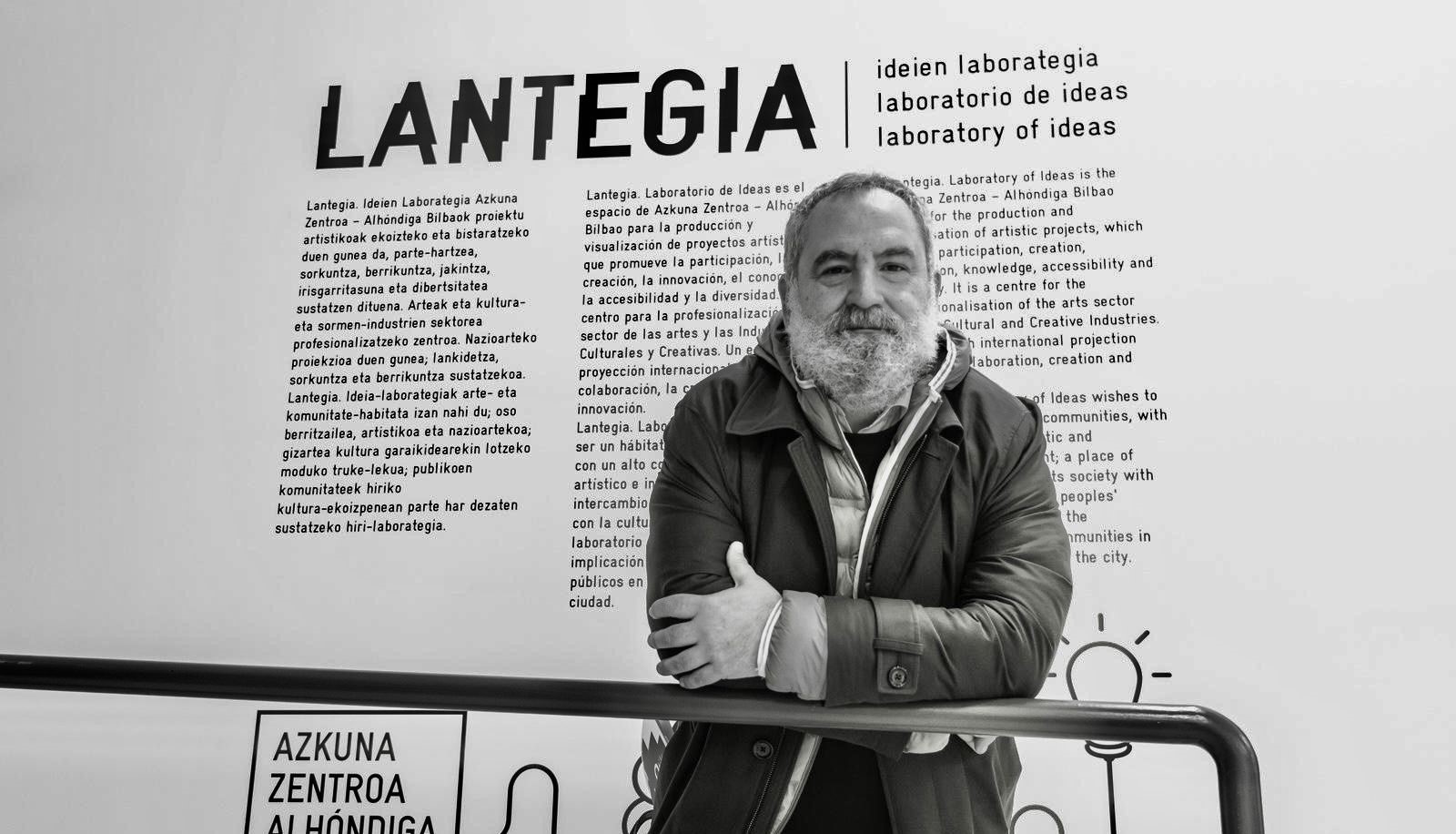
Born in Sestao in 1967, Fernando Pérez Gómez is an outstanding cultural manager, creative and artistic director with a career deeply linked to contemporary culture projects, covering disciplines such as the visual arts, performing arts, audiovisuals and literature. He has been part of several boards of trustees and boards of directors of museums and art centers, and has curated numerous exhibitions and cultural programs. He has also been Director of Culture of the Government of Navarre.
Graduated in Basque Philology and with several master's degrees in cultural management, he has held positions of responsibility at the Bilbao City Council, where he has promoted and directed the Current Theater and Contemporary Dance Festival (BAD), the Street Arts Festival and the Scenic Resource Center, among others.
In 2018 he took over the management of Azkuna Zentroa, a center he knew in depth thanks to his long experience in the cultural management of Bilbao.
Ricard Planas Camps. Having time for creation, to rethink and mature, is essential for creators. How do you approach it from Azkuna?
Fernando Perez Gómez. We follow a program of support for creation, working with resident collectives, researchers and associated artists, promoting open calls and granting spaces with grants, in addition to having international residencies.
PRC Are the results of these creative support programs visible in the center's programming?
FPG. Yes, the results of this support end up being part of the programming. We are not a production center where the artist is alone, but shares space with other residents, citizens and audiences. For us it is essential to work in the educational field and ensure that artists and art are part of this gear that makes society more critical. The fact that we are not a museum or have a collection allows us to work from other perspectives.
PRC What kind of residents do you accommodate?
FPG. The variety is very wide. We have had curatorial groups to groups that work on public space. We also collaborated with a publisher who created a podcast for two seasons. For us it is important to generate stories from different areas. Culture is not always found in centers or museums. The social dimension of culture is also very relevant, and the definition of the center itself is related to this: think about the programming taking into account that we work with communities of audiences, and that in the end we are all part of one or several minorities.
PRC What would stand out from the exhibition program?
FPG. This year we presented exhibitions by artists such as Allora and Calzadilla, who represented the United States at the Venice Biennale, with a show of great impact. We have also exhibited the textile sculptures of Elena Aitzkoa, one of our associate artists. We will continue with an exhibition program that will include several interdisciplinary projects that explore the body, movement and photography, such as the works of Lore Stessel and Olatz de Andrés. At the same time, stage projects will be developed such as 'Trabajos Forzados', with people with hearing impairments, and 'Fires', in collaboration with the Ça Marche company.
PRC I saw a poster with the name of Isabel Coixet.
FPG. Yes, we had a project with Isabel Coixet. We focus a lot on taking advantage of the cinema, the exhibition halls, managing different times, interests, ages and types of audiences. For me, it is especially interesting, because we define ourselves by what we are not: we are not a museum, we are not a cinema, we are not a library.
PRC Is Azkuna an entity that belongs to the City Council?
FPG. The capital is from the City Council, but we have a very high level of self-financing. We are returning to pre-pandemic self-financing levels of close to 40%, and that is very positive. We have been able to create a center of contemporary society and culture in the heart of the city. There is a balance between what it means to be a citizen center and, at the same time, a center where the public exhibition program, the educational component and the arts become something everyday.
PRC Financing and self-financing...
FPG. However, the issue of self-financing is very complex and difficult, but necessary. It's part of our DNA and one of my roles is to constantly look for resources.
PRC And is that understood? In the cultural world talking about money is not liked.
FPG. It is understood more and more, even if it is out of necessity. Purisms often dissolve with reality. We have been able to create a cultural center of society and contemporary culture with 49,000 square meters of free access, where almost 2,800,000 people access through its four entrances throughout the year. It is not trivial; it is not just about working on cultural processes or experiences, but about being inserted in a system that is not limited to the mainstream, but is also linked to education, and where artists and art are part of this gear that makes society more critical.
PRC As is the case with Elena Aitzkoa's textile sculptures, which you have on display.
FPG. Yes, this work has been done for two years. She is an associate artist, and every four months the center becomes a studio where a new sculpture of hers appears. There is something peculiar about generating, in a public space, an ephemeral work that, at the same time, has an impact. We still don't know exactly what the final result will be. Visual education is something that should be very everyday. For me, contemporary culture should not be strange, but become a part of everyday life.
PRC Do you heritage these sculptures, for example?
FPG. We do not heritage them, although Elena Aitzkoa has sold some pieces here. We have produced some works; for example, for the Literature Festival we produced a "hospital of books", a show where, for three hours, books were "cured" with incubators. This allowed us to get a return after each show. And this is an important issue: the return of public money.
PRC Do you think the "return" of patronage directly or indirectly, tangible or intangible, is something important? Does this force the artist to understand this dynamic of reciprocity? How do you see it?
FPG. I think it is. And, exactly, as with the galleries, reciprocity is nuclear. Artists are used to the fact that when they work with a gallery, the gallery usually helps them with the production and, in the event of a sale, they should be given back what they deserve.
PRC It may be a way so that it is not perceived as a lost fund on an ongoing basis. Is this also necessary at the research level? This reciprocity?
FPG it depends Support, help is necessary because, especially from the administration, it is almost a right. Where the market does not reach, it is the state that must help in those more difficult issues. The market generates another industry, such as that of entertainment, but there are other economies in which we work, such as that of these artists who have already decided to become professional and who must be in a market. For this reason, I often say that, if a center did not exist, it would have to be invented, because it is a service. Not all cities have a place to be, with public Wi-Fi, with bathrooms, where not only the programs and services offered are valued, but that the public service staff and audiences are diverse, that the staff of that cleaning is not only women, that security personnel are not only men... All these issues are also part of the social fabric and contemporary culture. Another thing is contemporary art, but this is contemporary culture.
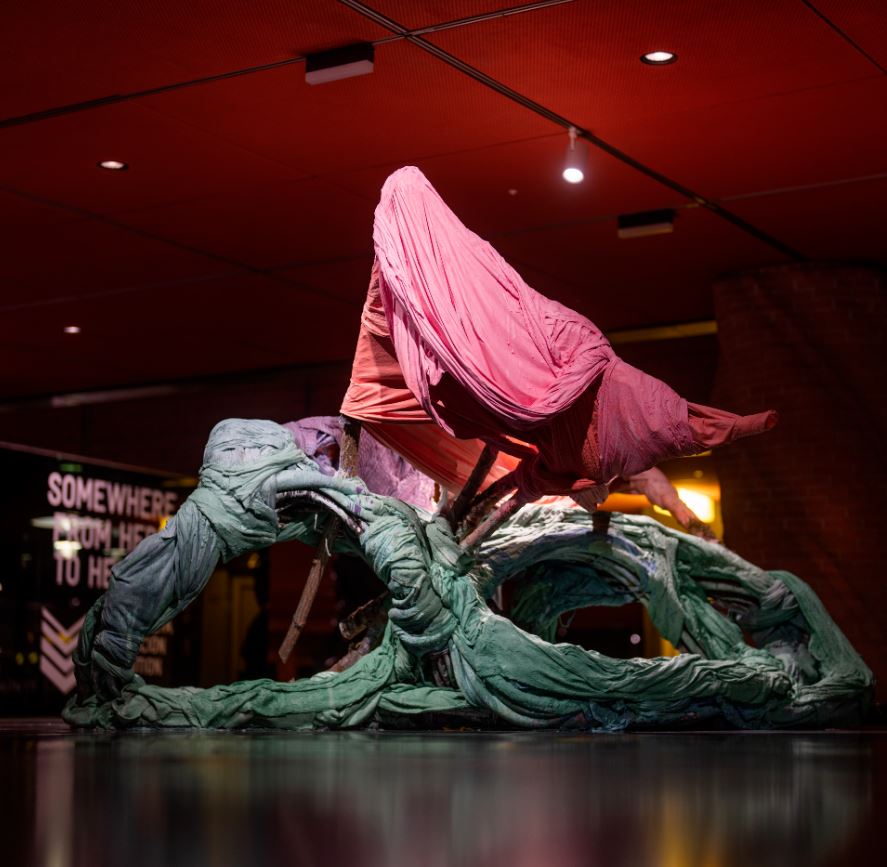
PRC Educationally, how do you approach it?
FPG. For us, education is also very important. The fact that we are not a museum, and therefore do not have a collection, forces us to work on what we call "Cultural Heritage of the Future", which is the second part of our project. What we are generating is not only from the point of view of the artist, but also from the point of view of the active or proactive citizen. When we talk about the library or reading, we also like to talk about writing, because reading can be more passive in the sense that you receive something, but writing makes you productive. Thus, the idea of exhibition, production and education is very present, although it is very complex to stitch and hybridize it. Communication content, stories and speeches must be generated, and even issues that go beyond making a podcast. For us, communication is not just a matter of the communication or marketing or public service department. Many times, we work with this somewhat anarchic idea, thinking that an administration and a public service must not only consider the final product, but it is also very important that they can generate and offer experiences in all phases of the process.
PRC Are we talking about R&D in culture?
FPG. Exactly, yes. In fact, the work that is done with the associated artists has to do with this R&D, a concept that is very well understood in the business world, but costs more in the art world. Formats and supports don't always have to be what we expect. In other words, if we talk about literature, we often think of books; if we talk about art, in exhibitions; if we talk about cinema, in movies. But when these media are transformed, they can be converted into other equally valid formats. The words must also be able to be sung words, or that the production of a publishing department be vinyl records. It is key to dehomogenize the established formats and to be aware that we have very preconceived mental structures. Maybe, if we called this place a cathedral, people would see it from another dimension...
PRC The cathedral in Bilbao is the football field.
FPG. Yes, and we don't want to take that away from him, quite the opposite. But yes, when you pass through Plaça Arriquíbar and enter the Azkuna, you are entering a secular cathedral.
PRC Yes, Woody Allen said that, right? Secular cathedrals are museums and cultural centers.
FPG. This makes us reconsider where culture is, because perhaps it is not always, or should not always be, in cultural centers. From these centers a flow should be generated where the neighbors have a point of reference in this center, but it is not necessary that everything takes place on site. It can also develop in the domestic sphere. Camila Sosa said the other day, in reference to art, that for her the most important thing was the culture that is generated when families share cooking recipes, conversations... I very much agree with Camila Sosa that the everyday - walks, conversations, attending shows, listening, reading a book together - are also other ways of generating culture. The important things are often the things that go unnoticed, but they exist.
PRC We're always talking about the intangible and the unseen, aren't we?
FPG. Very often things happen that are not measurable with KPIs (indicators), but are part of the social fabric, and people feel represented in that. The prestige of the culture lies in the importance of quality, whether in small or large projects. It's not about generating hundreds of books with artificial intelligence; I think there are everyday issues that go unnoticed but that exist, both in this center and in others.
PRC Therefore, should alternative circuits be sought?
FPG. Yes, it is necessary to find other ways. We also work with hospitals; we have a project underway with children suffering from cancer, as well as international residencies with comic artists from other countries.
PRC Civic centers are always assigned third-class exhibits. Shouldn't his offer be more dignified?
FPG. Absolutely. Civic centers should be prestigious. It is crucial that what is peripheral or complementary is not perceived as a negative value. Activities are often developed that cannot be measured with conventional indicators, but which are fundamental to the social fabric, such as cultural landscapes or human relationships. Bridges must be established between art, culture and the social sphere.
PRC Should the role of Cultural Centers be rethought?
FPG. A lot of work needs to be done in the community area and generate antennas for all the houses of culture and civic centers that exist in the city. For us, it is essential that what is peripheral and complementary is not seen as a negative value.
PRC In what sense?
FPG. All these institutions, which follow the same model year after year, despite doing a great job in the community field, need a reset. No one talks about the crisis in civic centers because it is considered low-quality culture. When I worked at Getxo, the same thing happened. Vitoria, which was a great benchmark for civic centres, as well as those in Barcelona, etc., have stagnated a bit. But I'm sure there will be a change. There are cities in Europe that have done it, like the Maisons Folie de Lille. They are houses of culture that continue with their local but specialized work. In the end, average European cities are not that big either. Now that we are on the topic of mobility, I think it would be very interesting to have mobility between different neighborhoods and districts.
PRC And to finish, a final reflection.
FPG. From Azkuna we have certain resources and a good exchange of knowledge(s), but we must improve and establish the ways to relate to the houses of culture, the civic centers, the smaller theaters, as well as with the public and the private. It may seem like a utopia, but I think it's the great opportunity that urban areas have right now: to take advantage of these infrastructures and start talking about cultural policy.
